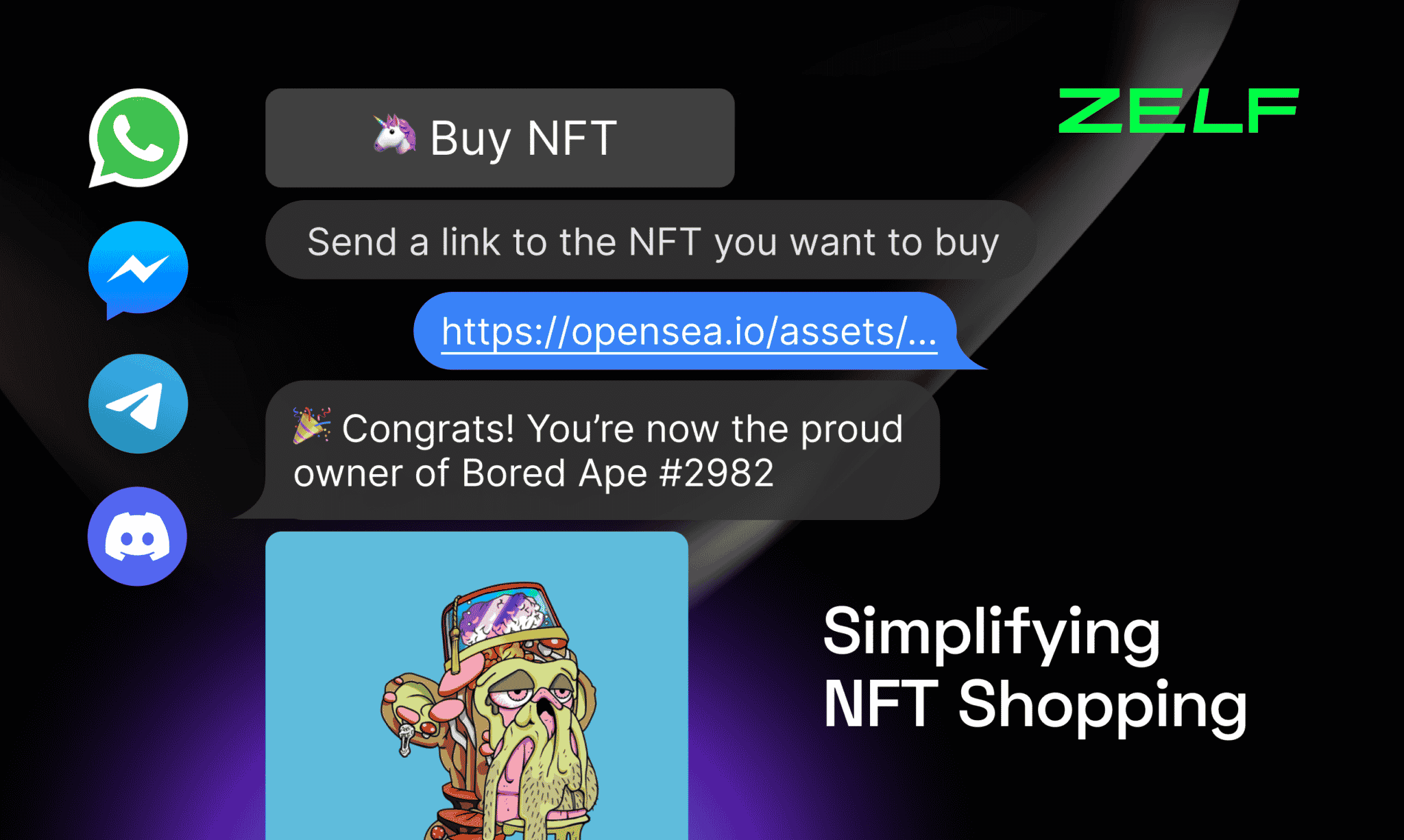This week, TAG Heuer unveiled a watch that can show the NFTs of the wearer. Even while this innovation may appear intriguing, there is a clear issue: how can the typical user be able to access the NFT market if they must purchase a pricey watch? Zelf responds to this by offering a solution. Web3 will become widely used and flourish. And what better method to reach the greatest number of people than by using the Apple Watch to display NFTs?
The Holy Grail of Web3 is democratization. Through each of its advances, Zelf also aims to achieve this. In pursuit of its goal of democratizing access to finance, Zelf expands in the US as a bank of the metaverse, bringing together gaming loot, NFTs, and fiat currency under one banking roof, as noted by Zelf CEO Elliot Goykhman.
Instead of limiting itself to exorbitantly priced digital art pieces, Zelf aspires to become the metaverse’s central financial institution. The Play-to-Earn (P2E) community, where game loot is not only utilized or held in your inventory, but can also be exchanged or sold, is the first major market targeted in order to develop this financial institution specifically for Web3. A real economy results from this.
This startup is also dismantling the technological barriers present in current crypto wallets and marketplaces by providing incredibly quick account onboarding and straightforward NFT purchasing via instant messengers. The goal is simple: to give all users access to their collections and the capacity to exhibit their NFTs quickly and easily. A variety of collector markets and NFT fan groups may start to emerge as a result of the integration of these digital art items into connected watches and phone wallets.
According to Goykhman, “ZELF brings NFTs to the wrists of 50 million American Apple Watch users, making them more palpable. One hundred million Apple Watch owners will be able to “bridge” their non-fungible digital art token collections to their watch faces. The scale is significant—100 million, or 200 times more than the total number of luxury watches sold worldwide in 2020.
Their perspective is in opposition to the mainstream market heuristic. We have a right to question whether the average person can access this market when the most popular NFTs are selling for several hundred thousand dollars. After Jeff Koons, Beeple became the second highest-rated living artist thanks to his NFTs, the most well-known of which, “Everydays: the first 5000 days,” sold for $69 million. Jeff Koons’ artwork is uncommonly displayed in living rooms, nevertheless. And only a select few TAG Heuer watch owners will be allowed to show off a Bored Ape Yacht Club NFT. But the market still requires a large number of people to own, utilize, and hold NFTs in order to stay stable and keep expanding. The public’s interest will be further piqued by the appearance of NFTs in connected watches and phone wallets. Although TAG Heuer’s strategy is not inherently terrible, they are capitalizing on the current frenzy without increasing public access to this type of art.



